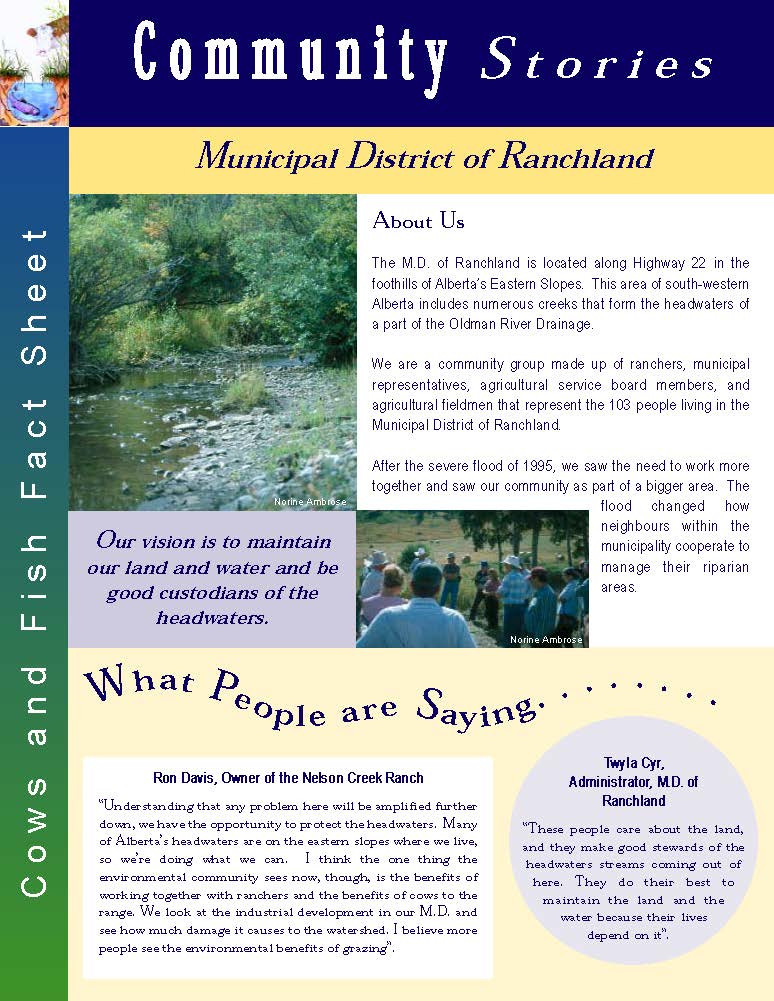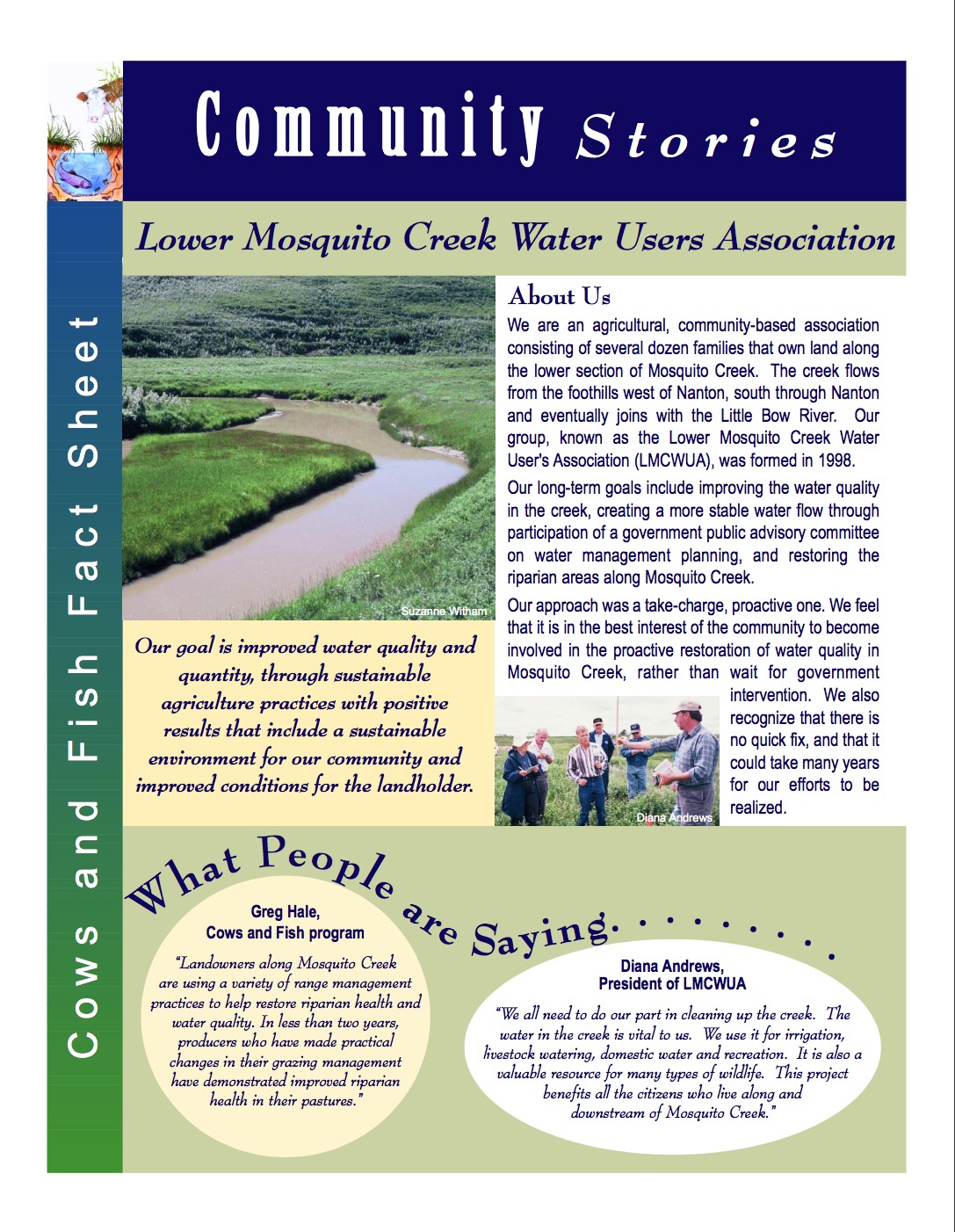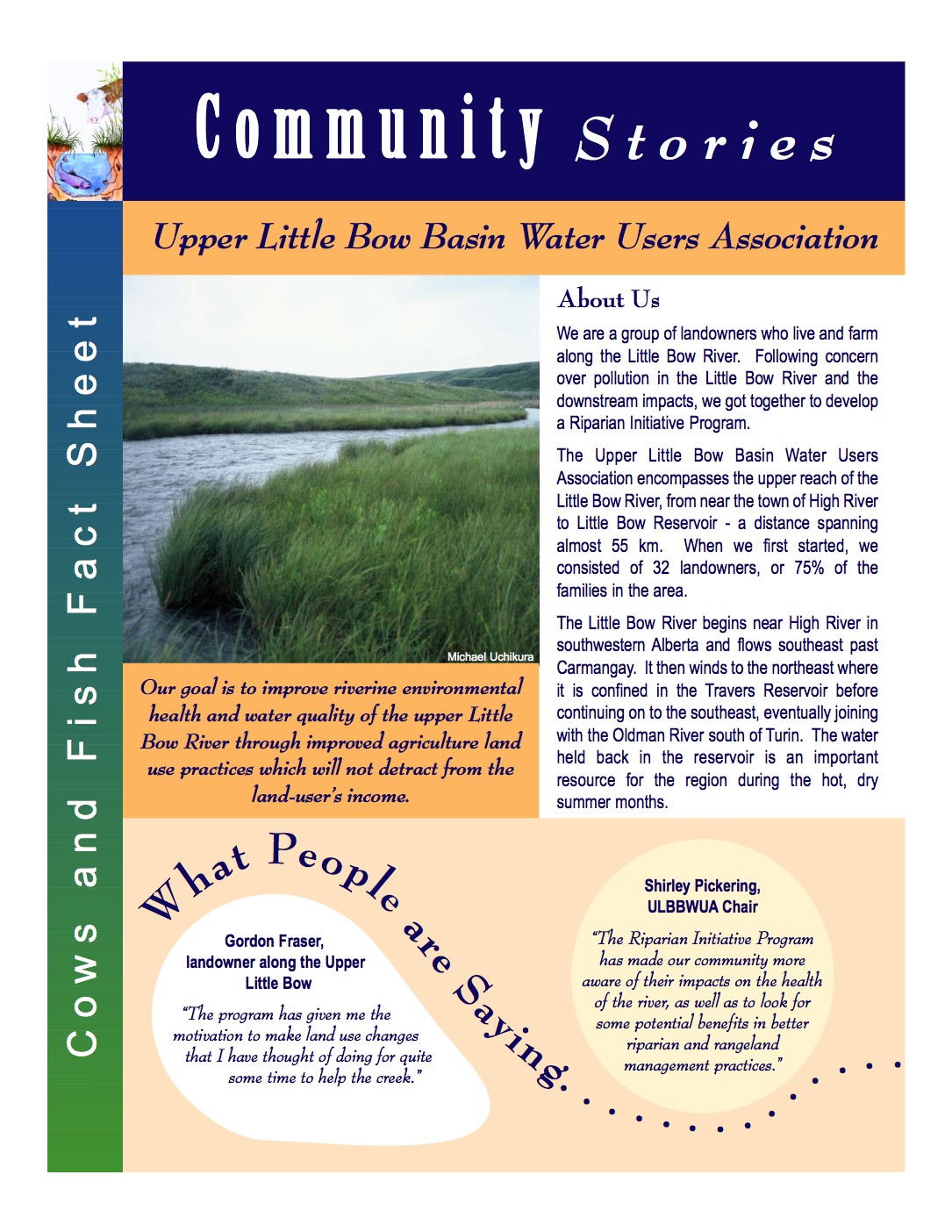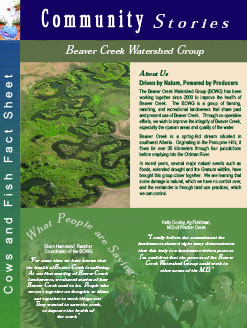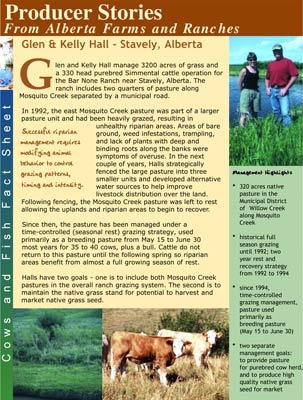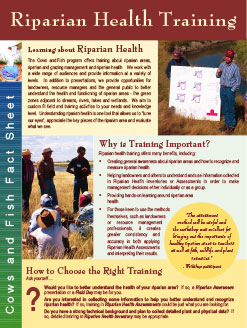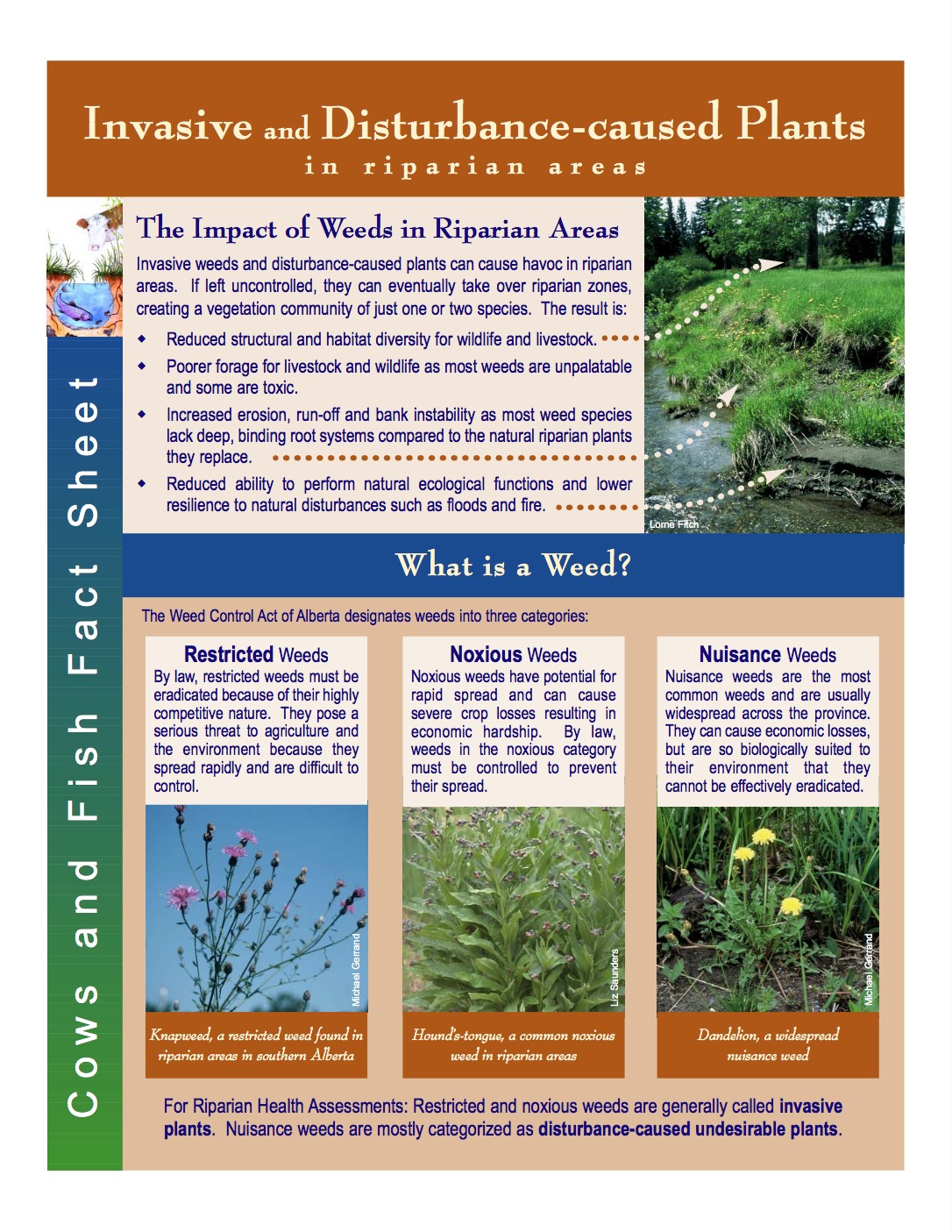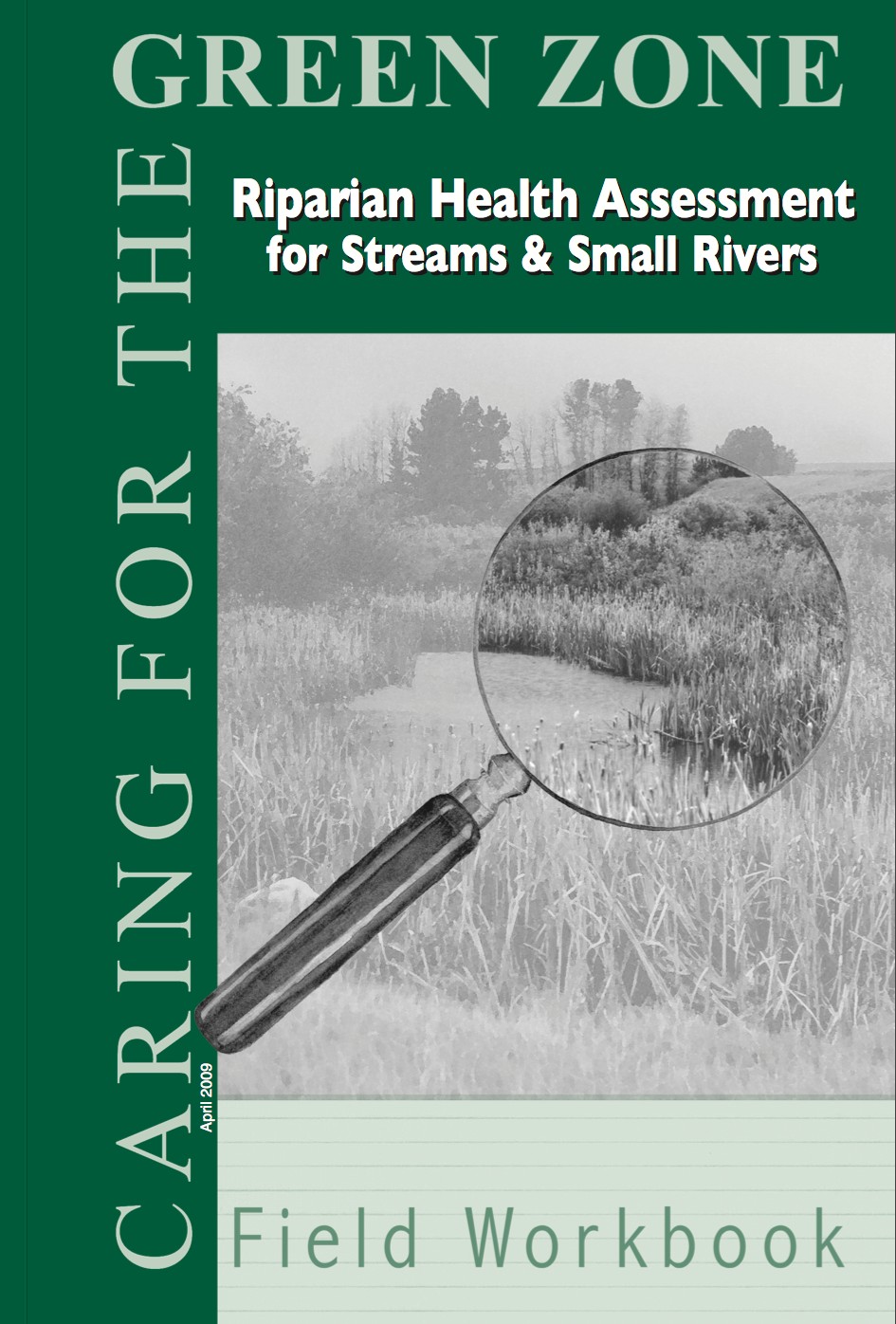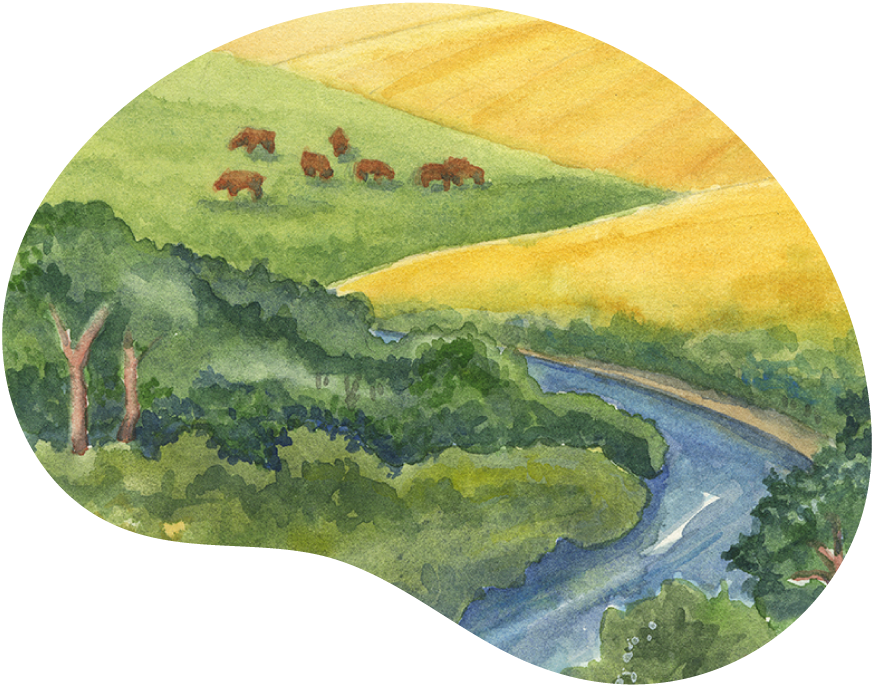
Riparian Demonstration Sites – A guide to selection and development
Demonstration sites test and display riparian management options. They are places where existing riparian management is modified and new techniques are incorporated. Examples include changes in livestock management such as: implementing a rotational grazing or riparian pasture system, adding new water sources, or applying new technology.





